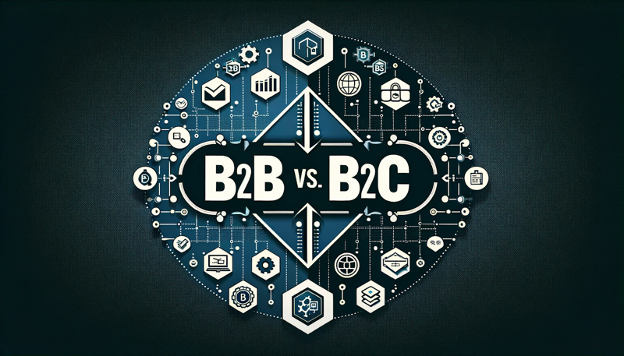Where Are the True B2B CDPs?
Customer Data Platforms (CDPs) have gained popularity among companies aiming to better leverage their customer data. However, CDP adoption in the B2B sector has been slower compared to B2C, primarily due to unique challenges in B2B data management and the particularities of the B2B MarTech landscape.

B2B CDPs are different from their B2C brethren that dominated the early years of this industry. The former need to manage not just individual customers, but also groups like households, businesses, and organizations. This adds complexity and potential cost for the CDP vendors.
Also, B2B companies have historically maintained their marketing data or record within existing Account-Based Marketing (ABM), Email Service Provider (ESP), or Customer Relationship Management (CRM) systems, making the transition to a CDP a significant undertaking.
Despite these challenges, some B2C CDP vendors have attempted to cater to the B2B market by introducing group objects or additional attributes to identify group membership. However, these adaptations are often aimed at "mass-market B2Bs" with B2C-like engagement patterns, and may suffer from performance and usability issues.
Meanwhile the B2B vendors that do supply CDP or CDP-like services tend to do so only as a subsidiary to some other capability they want to sell you, like data enrichment, sales clouds, or ABM services.
Read more about B2B CDPs and what companies like yours should do in this LinkedIn article.
You can check out how B2B CDPs fare in this marketplace using our Real Time Decision Tools or contact us if you’d like help selecting the right CDP for your needs.








